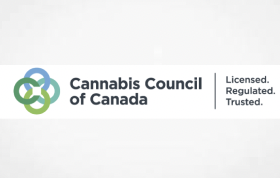The Guardian reports
The mayor of Amsterdam has sought to win political backing for her cleanup of the overcrowded red-light district by revealing that a third of foreign tourists and nearly half of Britons would be less likely to visit the city again if they were barred from buying cannabis in the coffee shops.
Femke Halsema, who is understood to want to reduce the number of outlets selling cannabis, attached the survey results to a letter to councillors announcing her intention to examine how they may reduce the attraction of drug use to tourists.
Amsterdam is struggling to cope with the huge numbers visiting the city centre to the point that its attractions are no longer being promoted.
Home to 1.1 million people, the city attracts more than 17 million visitors a year. The municipality is particularly keen to dissuade foreign visitors from taking advantage of gedoogbeleid, “policy of tolerance”, towards cannabis.
The survey by Amsterdam’s research, information and statistics office suggests that 34% of all those who visit the Singel area, which is where the red-light district is located, would come less often to the city if foreigners were not allowed to buy cannabis from the coffee shops, while 11% would never come again.
Of the British visitors surveyed, 42% said they would return to Amsterdam less often.
Among respondents of all nationalities, 40% said they would no longer use “hashish or weed” on their visits if such a ban was enforced.
One in five (22%) said they would let someone else go to the coffee shop, and 18% said they would find another way to buy the drug.
The 100 visitors to the Singel area survey were aged between 18 and 35, the majority of whom (57%) said they counted coffee shops as playing an important role in their choice to come to Amsterdam.
“For British visitors, coffee shops by far are the most frequently mentioned main reason to come to Amsterdam (33%),” said the research, information and statistics office. “They cite walking or cycling through the city less often as the main reason (21%) than the average (32%) and, on the contrary, more often indicate that a cheap trip was the main reason (11% compared with 6% on average).”


















